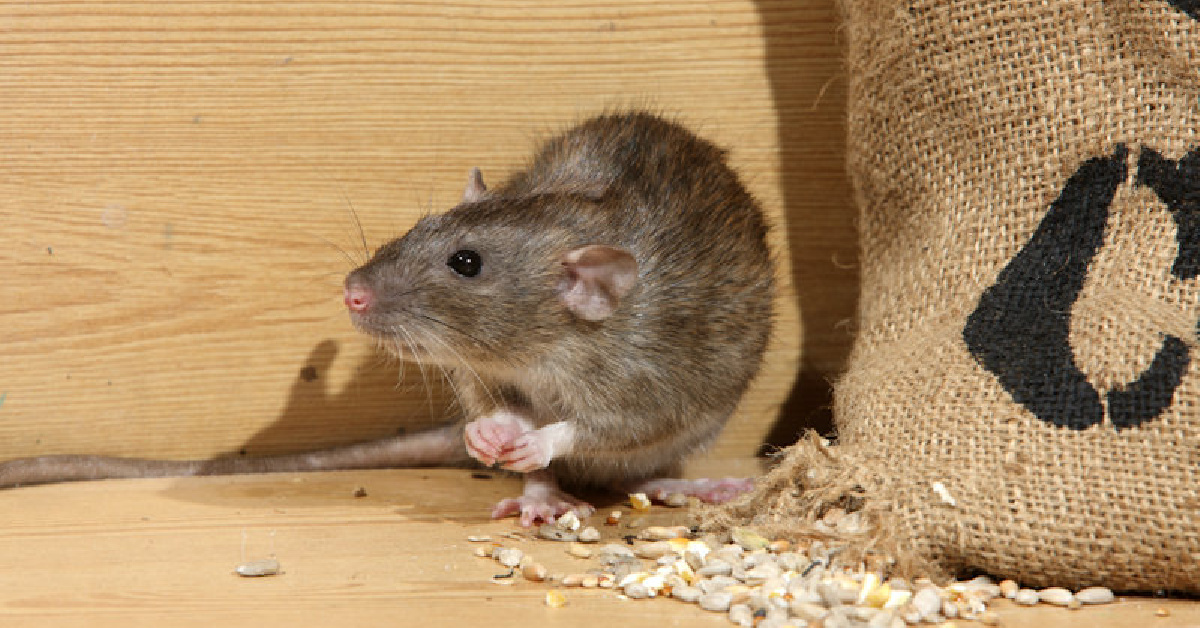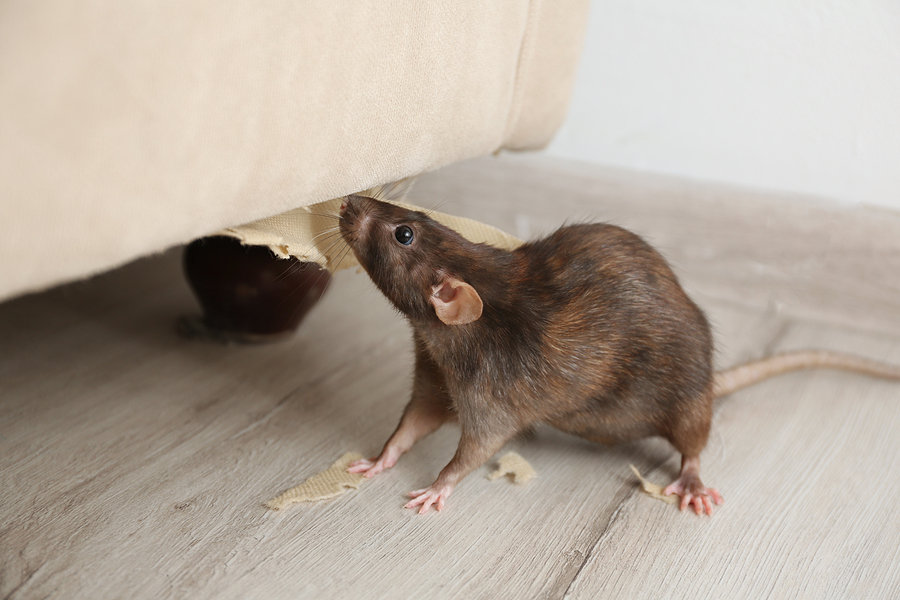Rodent Exclusion Techniques Explained Clearly
Share
Dealing with rodents can be an unsettling experience for any homeowner. Not only do they cause structural damage, but they also pose health risks by spreading diseases. Implementing effective rodent exclusion techniques is vital for maintaining a safe and healthy living environment. In this article, we will delve deep into the most effective methods to keep these pests at bay.

Why Rodent Exclusion is Essential
Before we get into the specifics of rodent exclusion techniques, it's crucial to understand why it's necessary. Rodents such as mice and rats are notorious for finding their way into homes through the tiniest of openings. Once inside, they can multiply rapidly, creating a more significant problem in no time.
Exclusion is the first line of defense against these unwanted guests. It involves sealing entry points and eliminating factors that attract rodents to your property. This approach not only prevents infestations but is also a more humane and environmentally friendly option compared to traditional extermination methods.
Identifying Potential Entry Points
The first step in rodent exclusion is identifying potential entry points. Rodents can squeeze through gaps as small as a quarter of an inch. Common entry points include cracks in the foundation, gaps around windows and doors, and openings around utility lines.
Conduct a thorough inspection of your home, paying close attention to these areas. Use a flashlight to check for light coming through cracks and crevices, as this indicates a potential entry point. Additionally, look for signs of gnawing, droppings, and tracks, which can help you pinpoint the most active areas.
Sealing the Gaps
Once you've identified the entry points, it's time to seal them. Use materials such as steel wool, caulk, and hardware cloth to block off these openings. Steel wool is particularly effective because rodents find it difficult to chew through. When sealing around pipes and utility lines, ensure that the material is snug and covers the entire gap.
For larger openings, consider installing door sweeps and weather stripping. These not only keep rodents out but also improve energy efficiency by preventing drafts. Regularly inspect and maintain these barriers to ensure they remain effective.
Eliminating Food and Water Sources
Rodents are primarily attracted to food and water sources. By eliminating these attractants, you reduce the likelihood of an infestation. Store food in airtight containers and promptly clean up spills and crumbs. Regularly empty trash cans and ensure they have tight-fitting lids.
Additionally, fix any leaky pipes or faucets to eliminate water sources. Ensure that pet food and water dishes are not left out overnight. By removing these attractants, you make your home less inviting to rodents.
Maintaining a Clean and Clutter-Free Environment
Clutter provides rodents with hiding places and nesting materials. Keep your home tidy and organized, paying particular attention to areas like basements, attics, and garages. Store items in plastic bins rather than cardboard boxes, as rodents can easily chew through the latter.
Regularly clean and declutter these spaces to discourage nesting. Additionally, maintain your yard by trimming overgrown vegetation and keeping firewood stacked away from the house. These measures will make your property less appealing to rodents.
Advanced Rodent Exclusion Methods
For those dealing with persistent rodent issues, advanced exclusion methods may be necessary. Consider using electronic repellents that emit ultrasonic waves to deter rodents. These devices are safe for humans and pets and can be an effective addition to your exclusion strategy.
Another advanced method involves using natural rodent repellents made from essential oils such as peppermint and eucalyptus. These oils have strong scents that rodents find unpleasant, and they can be used in conjunction with other exclusion techniques.
Regular Monitoring and Maintenance
Rodent exclusion is not a one-time task. Regular monitoring and maintenance are essential to ensure the effectiveness of your efforts. Conduct periodic inspections of your property to identify new entry points or signs of activity. Keep up with sealing and repair work to maintain a secure barrier against rodents.
Consider scheduling regular pest control inspections as well. Professionals can provide additional insights and recommendations for maintaining a rodent-free environment. For more detailed guidance, check out this resource on keeping your home pest-free.

FAQs
What is the most effective rodent exclusion technique?
The most effective technique is a comprehensive approach that involves sealing entry points, eliminating attractants, and maintaining cleanliness. Combining these methods with advanced solutions like electronic repellents enhances their effectiveness.
How can I find hidden entry points?
Conduct a thorough inspection of your home, looking for light coming through cracks and crevices. Additionally, check for signs of gnawing and droppings, which can help you identify active areas.
Are natural repellents effective for rodent exclusion?
Yes, natural repellents made from essential oils like peppermint and eucalyptus can be effective in deterring rodents. They work best when used in conjunction with other exclusion techniques.
